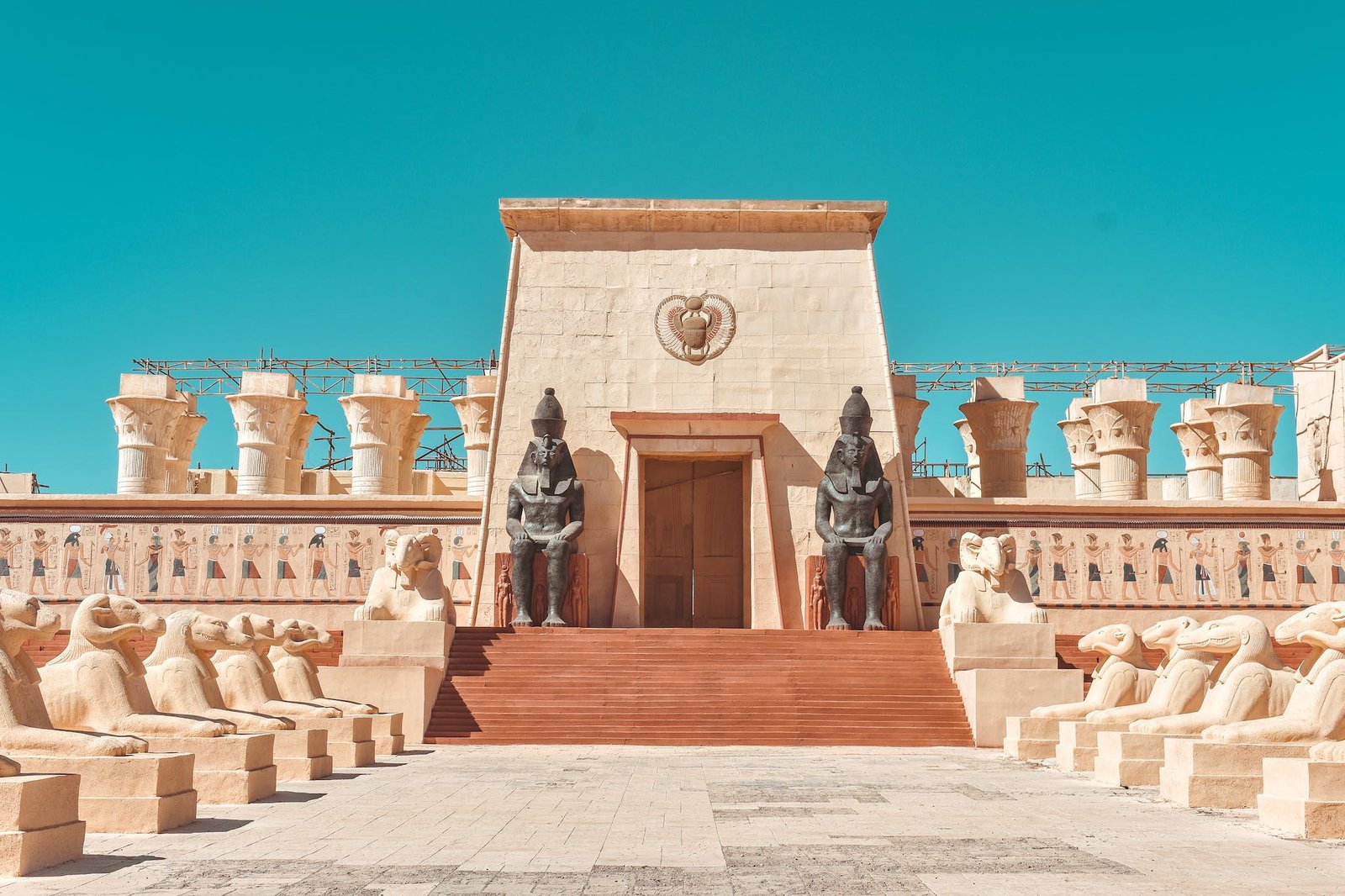The Evolution of Arbitration: A Historical Retrospective
Arbitration, often perceived as a modern construct, is deeply rooted in the annals of history, evolving alongside human civilization itself. From the ancient city-states of Mesopotamia to today’s globalized society, arbitration has been a favored tool to resolve disputes. Let’s embark on a journey through time, tracing the fascinating evolution of arbitration and spotlighting the milestones that have shaped its landscape.
Ancient Beginnings
The origins of arbitration can be traced back to ancient civilizations such as Mesopotamia, Greece, and Rome. In Mesopotamia, the Code of Hammurabi, one of the oldest deciphered writings of significant length, outlined basic principles of arbitration. Meanwhile, ancient Greeks often resolved disputes through neutral third-party intermediaries, especially in commercial and maritime conflicts. Roman law too recognized arbitration, with parties voluntarily agreeing to let a third party decide their fate in a disagreement.
Medieval Insights
Fast forward to the Middle Ages, and we find arbitration playing a pivotal role in trade across Europe. Medieval guilds, associations of artisans or merchants, frequently employed arbitration to handle internal disputes, ensuring continuity of trade and commerce. As global exploration took root and maritime trade grew, so did the need for efficient dispute resolution mechanisms. This era also saw the establishment of lex mercatoria, or the “law merchant”, a system of law that governed international commerce, including principles of arbitration.
Modernization in the 19th and 20th Centuries
The industrial revolution of the 19th century brought about significant economic and societal changes. With burgeoning trade and increasing cross-border interactions, arbitration began to be formalized. Countries started codifying arbitration laws, and institutions dedicated to arbitration began to emerge.
A pivotal moment in the evolution of arbitration was the signing of the Geneva Protocol in 1923 and the Geneva Convention in 1927. These treaties, focusing on arbitration clauses and the enforcement of arbitral awards, laid the groundwork for the New York Convention of 1958 – a cornerstone of modern international arbitration. The Convention, ratified by over 150 countries, established a framework for the recognition and enforcement of foreign arbitral awards, providing arbitration with a robust global foundation.
Contemporary Landscape
Today, arbitration is a dynamic and sophisticated process, continuously adapting to the challenges of the modern world. It has become the preferred dispute resolution mechanism for international commercial disputes, offering flexibility, neutrality, and confidentiality. The establishment of global institutions like the International Chamber of Commerce (ICC) and the International Centre for Settlement of Investment Disputes (ICSID) testifies to the widespread acceptance and trust in arbitration.
Technological advancements, too, have left their imprint. With the rise of digital communication, online arbitration and virtual hearings have become possible, making the process even more accessible and efficient.
The Future Beckons
As we look ahead, it’s evident that arbitration will continue to evolve. Issues such as climate change, cybersecurity breaches, and intellectual property disputes in an increasingly digital world will present new challenges. However, the adaptability and resilience demonstrated by arbitration throughout history suggest it is more than equipped to meet these challenges head-on.
In conclusion, the rich tapestry of arbitration’s history underscores its enduring appeal and relevance. From ancient civilizations to today’s complex global society, arbitration has consistently provided parties with a trusted avenue for dispute resolution. As we move forward, there’s little doubt that this ancient practice will continue to play a pivotal role in shaping the legal landscapes of the future.




